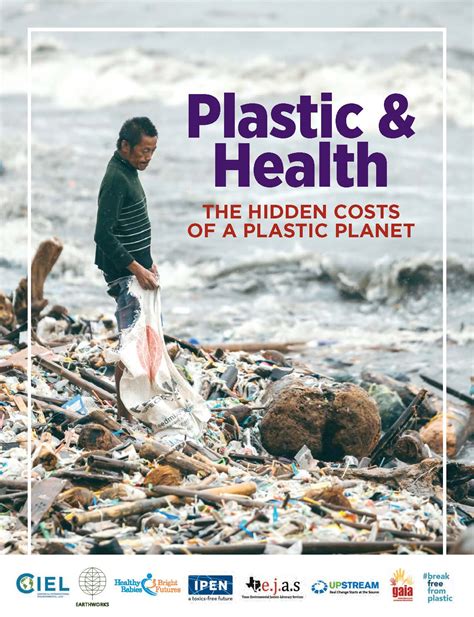The push for a global plastic treaty to cap production has sparked heated debates, with commentators highlighting both the benefits and potential drawbacks of such a measure. One key argument revolves around the unintended consequences that may arise from restricting plastic production. While concerns about microplastic pollution and its detrimental effects on human health and ecosystems are valid, some worry that a blanket cap on production could lead to unforeseen hardships, especially for disadvantaged populations.
Commentators have pointed out the essential role of plastics in critical sectors such as food and medicine packaging, where safety, sterility, and cost-effectiveness are paramount. The reliance on plastic in delivering essential goods underscores the complexity of transitioning away from it without causing disruptions or compromising public health. Discussions have also centered on the challenges of global coordination, particularly in engaging top plastic producers like China to align with treaty objectives.
The debate extends to the accessibility of alternatives for different socio-economic groups. While environmentally conscious consumers may have the means to opt for eco-friendly options like paper, metal, or glass packaging, individuals facing extreme poverty often rely on plastic for basic necessities like food storage and transportation. This disparity underscores the need for sustainable solutions that consider both environmental impact and social equity.
Addressing the issue of plastic pollution goes beyond mere production limitations; it requires a holistic approach encompassing recycling practices, waste management, and innovative materials. Commentators have raised concerns about the limitations of plastic recycling, noting the downcycling of certain plastics and the challenges in achieving true circularity. Innovations like biodegradable PLA (polylactic acid) offer promising alternatives, but research and investment are crucial to enhance their viability.
The environmental footprint of various materials, from cotton to aluminum, has also come under scrutiny in the quest for sustainable packaging solutions. While glass and aluminum cans present recyclable options with potential benefits, including reduced plastic waste and improved circularity, complexities arise in transportation costs, material weight, and end-of-life considerations. The need for comprehensive life cycle assessments to compare the environmental impacts of different packaging materials is evident.
Moreover, the global dynamics of plastic production and consumption further complicate efforts to curb its adverse effects. Disparities between developed and developing nations in waste management practices, infrastructure, and regulatory frameworks influence the distribution of plastic pollution. Calls for transformative policies, such as accurately pricing externalities and implementing progressive taxes on plastic production, aim to incentivize sustainable practices and fund remediation efforts.
At the core of the plastic debate lies the tension between the convenience and versatility of plastic materials and their detrimental environmental consequences. Balancing the need for essential products with the urgency to reduce plastic pollution requires a multifaceted approach involving policy interventions, technological innovations, and shifts in consumer behavior. As discussions continue on the global stage, stakeholders must collaborate to navigate the complexities of transitioning towards a more sustainable, plastic-conscious future.
In conclusion, the discourse surrounding plastic production, consumption, and waste management reflects a broader societal challenge of reconciling economic needs with environmental stewardship. While the road to mitigating plastic pollution may be complex and rife with uncertainties, the engagement of diverse perspectives and the exploration of innovative solutions will be essential in shaping a more sustainable relationship with plastics and the planet.
The insights and perspectives shared by commentators underscore the multidimensional nature of the plastic debate, emphasizing the necessity of a nuanced and inclusive approach to tackle the intricate challenges posed by plastic production and consumption. By fostering dialogue, promoting awareness, and driving collective action, individuals and communities can contribute to a more sustainable future where the benefits of plastics can be harnessed responsibly and harmoniously with the environment.


Leave a Reply